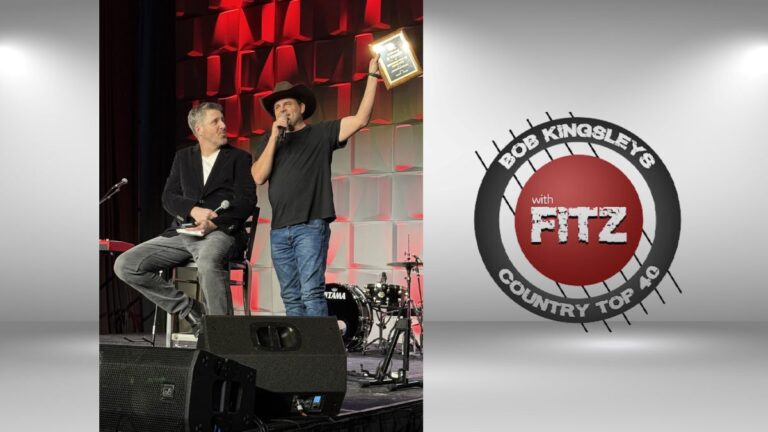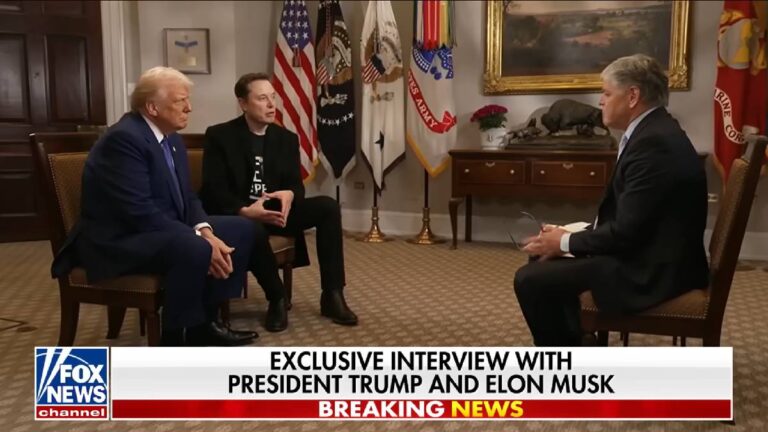Steve Salhany programs Audacy’s Mix 104.1 WWBX and Magic 106.7 WMJX in Boston. He also oversees Hartford stations 96.5 TIC WTIC, Lite 100.5 WRCH, and Hot 93.7 WZMX. His peers and industry executives voted him the third-ranked Program Director in Barrett Media’s Top 20 Hot AC/AC Best of 2024.
For Salhany, getting recognized is nice, but he was more pleased to have “Karson & Kennedy,” the Mix 104.1 Boston morning show, land the top spot in Hot AC/AC Shows.
“I’ve been doing this so long, and this is all about doing great local radio. I’m only as good as the people who work with me on each individual station. Sometimes, I get an award, and it’s nice, don’t get me wrong, but I was more excited about the “Karson & Kennedy” win. I’ve been working with them for a long time, and they’ve come a long way. I’m really excited for them.
Salhany attributes “Karson & Kennedy’s” success to “putting themselves out there.”
“They’re a fantastic, local, real morning show. And when I say real, they put themselves out there on everything they have going on in their lives, from Kennedy’s struggles with her mental health issues to our producer, Dan, who has struggled with his sobriety and what he’s gone through. And they’re just real people.”
“They talk about real things. And they resonate with the audience. We were in the shadow of a very big morning show for many, many years. And they put in the hard work year after year, and it’s paying off for them now, which is really exciting.
Salhany also acknowledges the contribution of talent coach Steve Reynolds.
“I want to shout out to Steve Reynolds, who has worked with us for many years with that show. Steve always preaches what you have that can’t be duplicated by anybody or any of your competitors.”
“And that’s being themselves and being local and being vulnerable, working hard, being in the community, and giving back to the community and the charities. I think that’s vitally important as we trudge ahead here on this new media landscape, which is very difficult to figure out, to be honest with you.”

Thinking about that new landscape, I asked Salhany if his team could still make an impact by being out on the streets in a PPM market the size of Boston.
“Absolutely. I think if you don’t do that, you’re screwed. I tell my folks all the time it’s kind of equated to politics. It’s about your ground game. The people need to see you, and you meet people, and one leads to another. We have to win our audience’s affection and time.”
“Every person has so many more options, not just other radio stations, but so many more options to fill their time with entertainment. Or whatever it is that they’re feeling. We have to win it from them every day. That’s being part of their community and doing things and talking about the things that matter to them. So, I don’t think you can do it without it.”
I asked about navigating the divisive climate we live in.
“It’s not the place of radio other than the news talk stations to get involved in that. Everybody wants to feel good about what’s going on. There’s so much crap in our world, and maybe we know about more of it now than we ever did back in the day.”
“People want to feel good, and they want to be part of that. “Karson & Kennedy” do a bit twice a morning, the Good Vibe Tribe, where they just highlight people in the community that are doing good, or they have events or whatever. Radio needs to get back to its roots to some degree and do all the things that, you know, made us great.”
Salhany agrees with many of his peers that it’s too soon to consider changes with Nielsen’s 3-minute qualifier.
“I need to see a lot more data before I say, oh my God, here’s what you should do. At the end of the day, whether it’s three minutes or five minutes, good radio is good radio. Great radio gets people to listen. And if you do great radio, eventually the meters will find you. If you don’t have a great brand and are not doing great radio, don’t worry about the three-minute rule because it doesn’t matter.”
“Nielsen has his pluses and its minuses, but I think for the most part, they get it right more than they get it wrong. I’ve seen it over the years. And I think it comes down to your brand and making sure that you stand for something in your market, in the listeners’ minds.”
And what is the station’s FOMO?
“FOMO is more difficult to get these days than ever before because, on your phone, you can slide through a million things. The goal is to get the people who know and like you to, when they’re in the mood or they’re looking for you, they choose you.”
“FOMO comes from creating great local, compelling, connecting radio daily and getting those folks who listen to you to tune in an extra time a week. If you do that, it makes a huge difference in your ratings.”
Social media is always a moving target, so I asked Salhany about best practices.
“The way we approach social media is that we need to be putting our content that we deliver on the air and make it available for folks so that when they’re not listening to us and scrolling through their phone at night, they can see, “Karson and Kennedy” had this person on today, or they help these people. It is important that it helps us build a brand as we go along.”
“We post stuff that’s real, and it gets really good traction. If we post, hey, we’re giving away tickets today, nobody really gives a crap because it’s a commercial to them.
I asked if there was anything I hadn’t mentioned that he wanted to talk about.
“We’re only as good as the team that we have. I oversee not just in Boston but also in Hartford; I’ve got TIC, RCH, and ZMX, and local radio is about the people doing their jobs. I’ve got great teams. I’m blessed by that. My job is to hopefully guide folks in the right direction.”

Barrett Media produces daily content on the music, news, and sports media industries. To stay updated, sign up for our newsletters and get the latest information delivered straight to your inbox.














